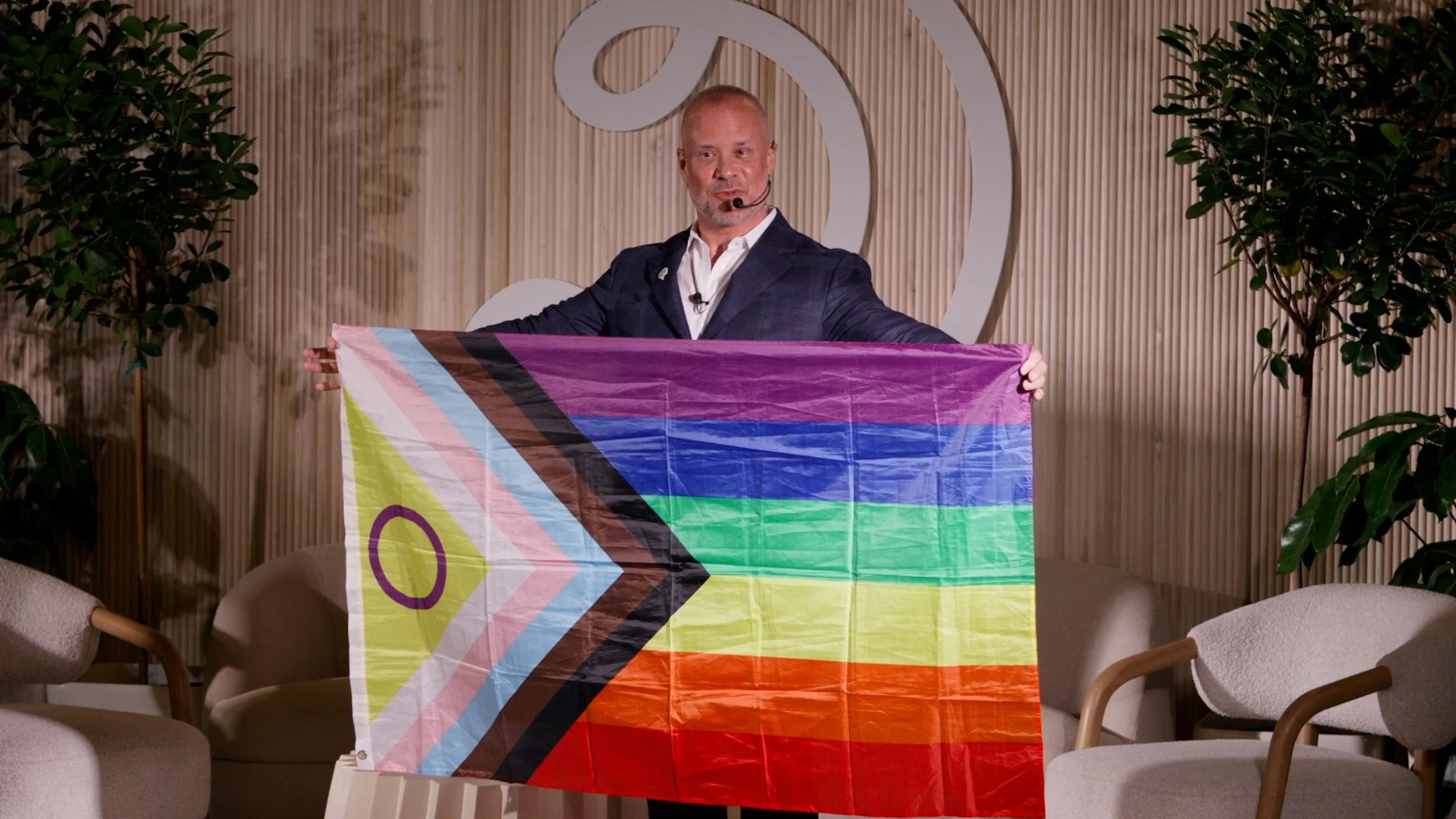You Are Not Your Labels. You Are Your Values.
Not long ago, I stood in front of a room filled with people from across the nonprofit sector in the United States. They were gathered because they care. About people. About justice. About making this world a little more decent and a whole lot more humane. And they wanted tools—real tools—to do their work better.
What I gave them was a mindset shift about WHAT MATTERS MOST to the people they need to inspire, and that’s what I want to share with you here, too.
We’ve been thinking about people all wrong.
For decades, we’ve sorted people into categories, buckets, boxes with tidy little demographic labels. Age. Gender. Income. Job title. These labels are comfortable but misleading: like covers on a book that tell you nothing about the story inside.
That’s where values come in. My team and I have surveyed more than a million people in 180 countries, across 152 languages. We asked them WHAT MATTERS MOST in their lives, what makes them tick. And now, for the first time, we can look past the labels and actually see people for WHO they are, not just what they are.
Let me give you an example.
That room full of nonprofit professionals I mentioned earlier? We analyzed the data and found the Power Values of the teams they lead. These are the three values that matter most to their people, far more than the rest of the working population.
Personal Responsibility, Positive Environments, Service to Others.
These values are the engine behind every decision they make, every day. They choose how to act, what to support, and what to reject, all based on these three core values. And so if you want to engage them, if you want to inspire them or lead them, these are the buttons you press.
Let me show you how.
Personal Responsibility
For these folks, ticking boxes and getting stuff done is about stability. They see a world where things don’t get finished as a world that feels shaky and unsafe. So if you’re trying to introduce something new ( like AI in the workplace, for instance) you can’t just throw it at them and expect that they will figure it out. Instead, give them control; let them own a piece of the process. We suggested organizations create “AI Ambassadors”—one person per department who explores an AI tool each quarter and reports back to the team. It’s just one way they might give people a sense of ownership and stability through action.
Positive Environments
This one runs deep…the specific meaning of the value for non-profit teams is about peace and tranquility. For this group, a healthy workplace is a calm one. So to help with AI adoption (that’s what they asked me to speak about) I suggested “AI Playdates.” Just lighthearted, low-stakes ways to try new tools without fear. Make weird art. Write goofy haikus. Laugh. Play. The point is not to master the technology, but to approach it without stress.
Service to Others
Now this one – this one’s the heartbeat of the sector. People in this field are here because they want to make a positive impact on someone else's life. So my suggestion was to launch an “AI Impact Spotting” initiative. Every quarter, nominate someone to find real-world stories of nonprofits using AI to help real people. Gather those stories. Share them. Show your team how this technology can align with their deepest purpose.
Now you might be thinking, well, those values sound familiar. Of course they do. That’s the point. We all have values. We all live by them, even if we don’t talk about them much. But once you do name them, you really understand them, and you start to see people more clearly. You stop trying to motivate strangers and start trying to inspire friends.
And it works. At scale.
So this trio of Personal Responsibility, Positive Environments, and Service to Others is not the point of this article. It’s just an example. An illustration of what becomes possible when we use values instead of labels to understand people.
This shift from demographic assumptions to values alignment is more accurate AND more ethical. When you think in stereotypes, you prop up all kinds of garbage. Racism. Sexism. Ageism. Homophobia. Ableism. You might not mean to, and you might even be fighting those very things. But if you use demographics to drive your strategies, you’re reinforcing the same divisions you’re trying to heal.
Values thinking changes that. It’s a way to see yourself more clearly. And once you do, you start to see others more clearly, too. You stop asking, “What do women want?” or “What does Gen Z care about?” You start asking, “WHAT MATTERS MOST to the people I want to reach? And how can I speak to those values?”
It’s a better way to do your work and to live your life. Just remember this: You are not your labels. You are your values.
And so is everyone else.
Values are the answer.
Let’s put them to work.
Want to know What Matters Most to the people you need to inspire?
Download free guides and resources.
Use the free Valueprint Finder to see how your values compare.
Find out why people call David “The Values Guy.”
Search the blog library for ways to put values to work for you.

